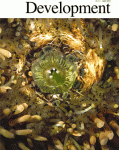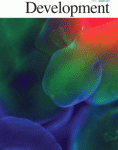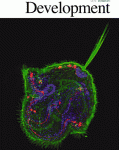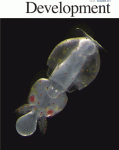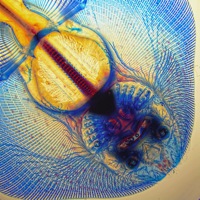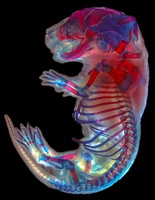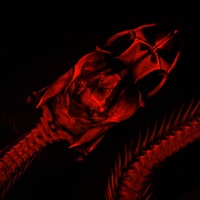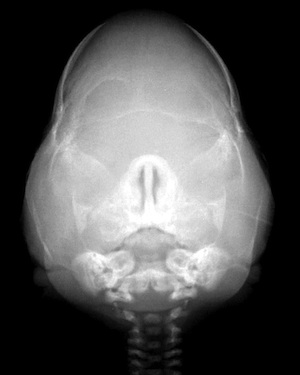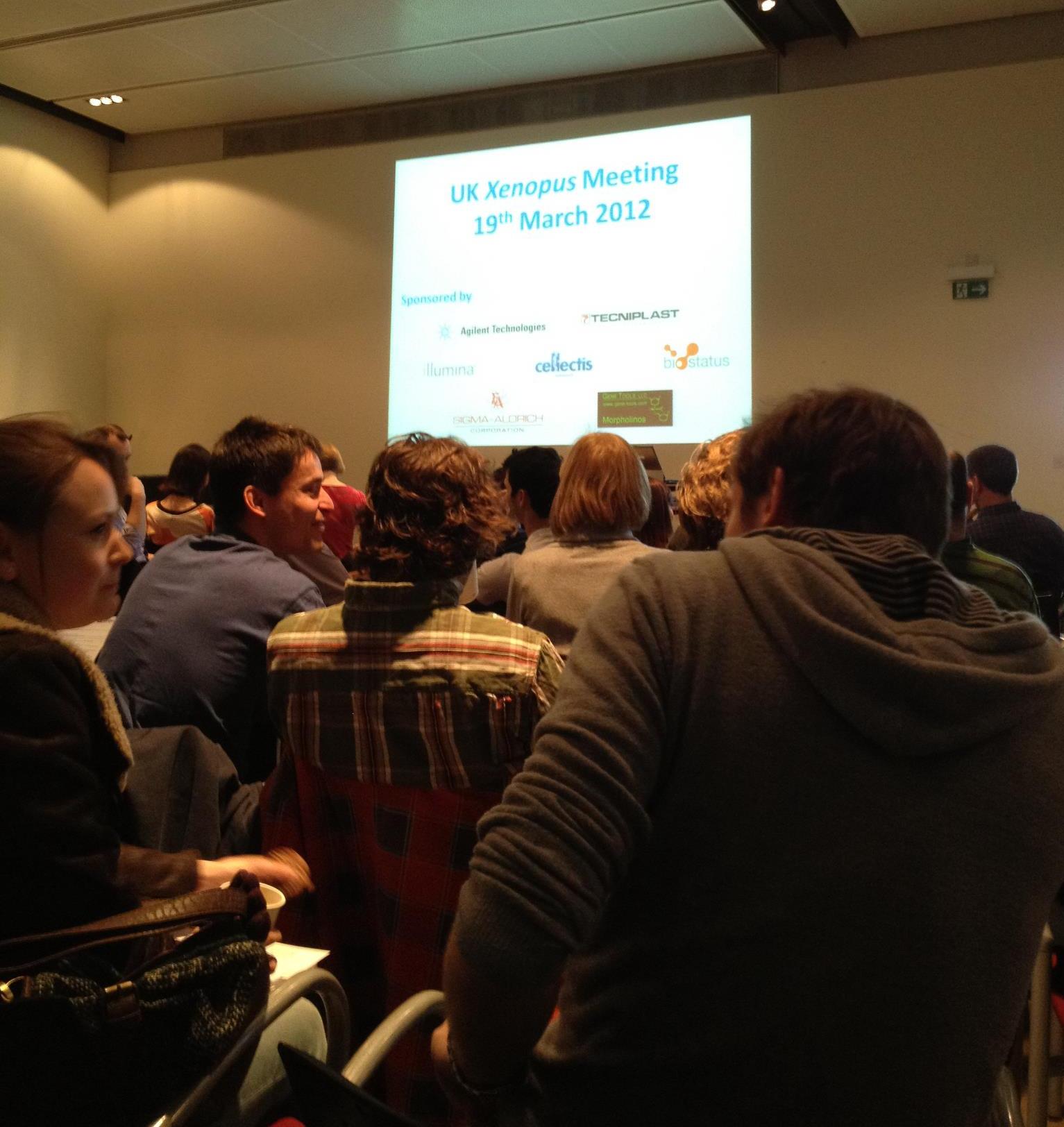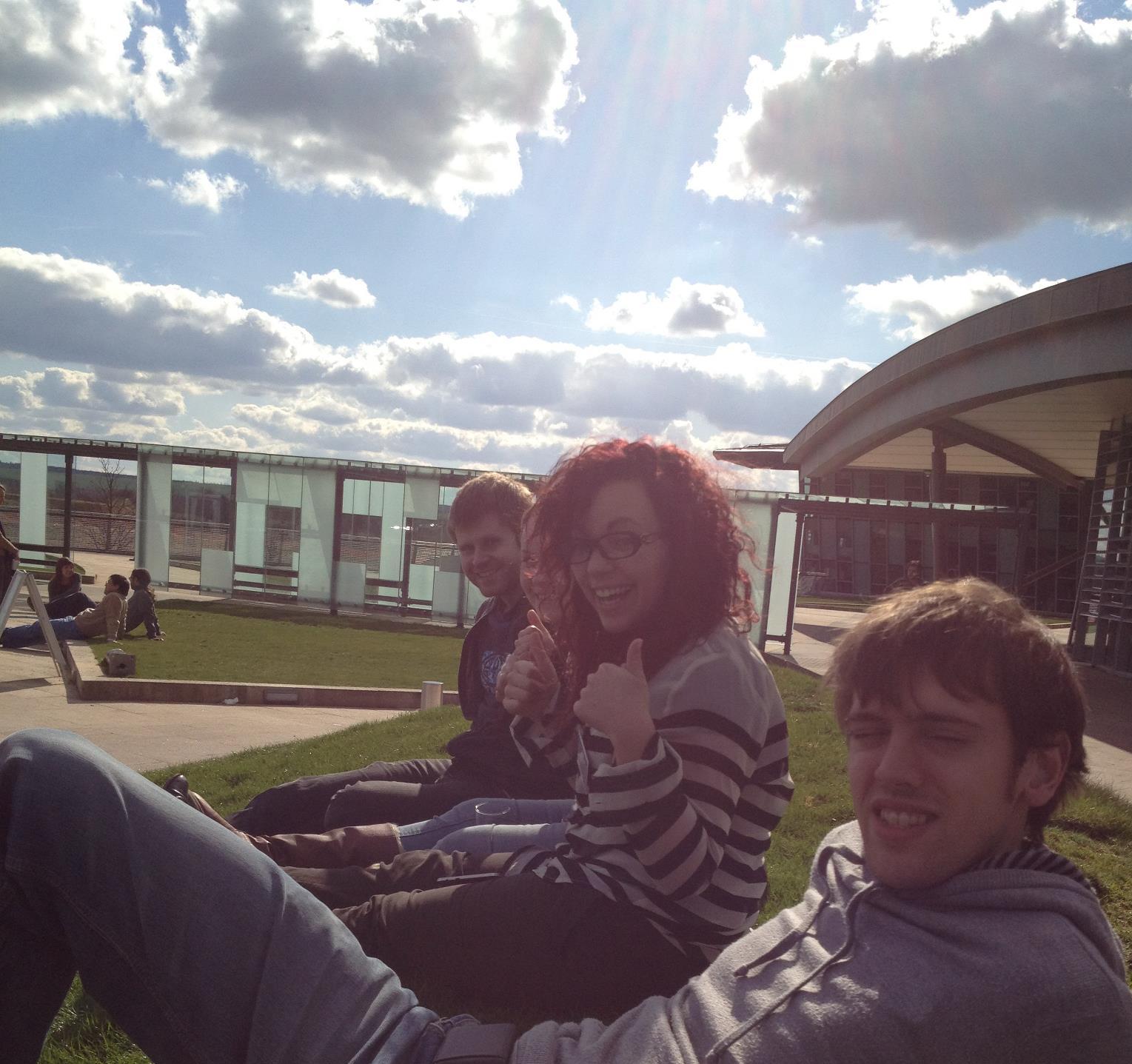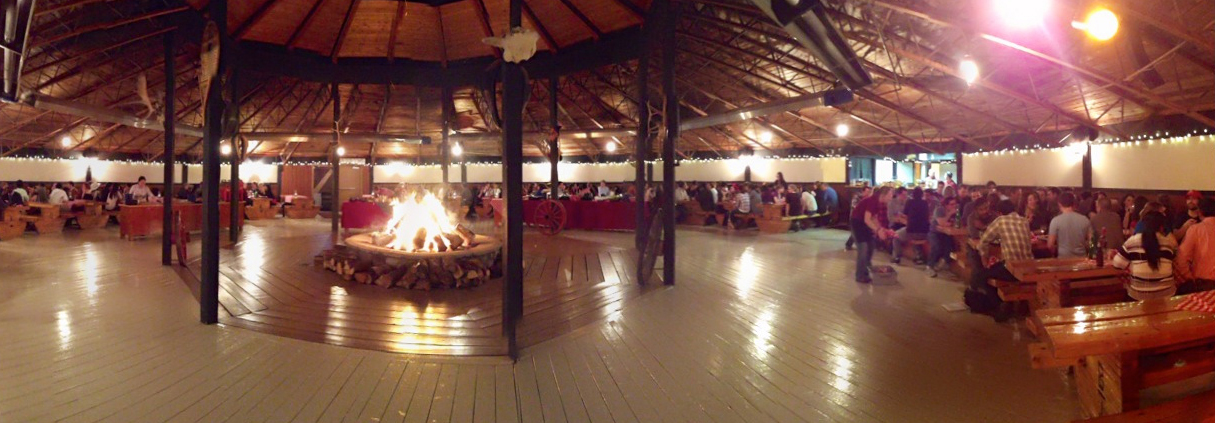Let’s do the time warp…
Posted by Kim Cooper, on 13 April 2012
I don’t even know where the last 72 hours went. Well, in fact I do. And it wasn’t spent sleeping. Since I now have 2 groups of people collecting for me, that means twice the amount of work. The Kazakhs live about an hour away, so they prefer to bring the animals to me when they finish collecting which has routinely been somewhere around 2 or 2:30 am. Since I would like the embryos to be as young as possible, and I expect the Chinese collectors to arrive each morning with their bounty, that means the best approach is to just go ahead and power through all of the dissections in the middle of the night which has put me in bed somewhere between 4:30 and 5 am each day lately. Then by 8:30 or 9 am I have been woken up by *rap rap* two second pause *rap rap rap rap rap rap rap rap rap rap rap rap rap* until I go scowling and growling to the door to greet the woman of the couple in charge of the Chinese jerboa collective. Each morning I demonstrate that it takes no more than one polite knock to get my attention, but she cheerfully squawks on and on about how I need to be up because it’s light out and I’m missing breakfast. This is what’s understood from my limited understanding of Chinese and a lot of hand gestures. So then I crawl out of my jammies and into my clothes and out the door to settle the payment and dissect the next batch of animals. I’m functioning on very little sleep and showering only once in 2-3 days. And that’s my day sung in a round.
This particular morning was extremely tough. The Chinese folks brought me 45 females which is unbelievable. Except that I was feeling of their bellies as I sorted them, and I set aside 19 as too pregnant to be useful for me. I really want embryos from the first half of gestation and have a HUGE box back home of older embryos from previous collections that have hardly been touched. Plus, the whole reason I was excited about hiring this Chinese couple and had arranged a generous and motivating pay structure is because just 4 days ago they brought me animals that were either not pregnant or had very young embryos. Since then, they’ve been moving around to locations with more animals so they can make more money, but the problem is that animals in areas with a high local population also had a higher chance of encountering a mate soon after coming out of hibernation and therefore bred quickly. I was looking back on my notes from 3 years ago, and the pregnancy rate was closer to 60% with a majority of embryos at mid gestation as of about April 20th. The climate this year is very similar to that year, but this year I have a pregnancy rate near 95% and a much more advanced stages of development at this time on the calendar. So I think there’s been a recent population boom that’s affecting my numbers. In summary, field work in developmental biology is really hard.
So I wasn’t very happy about the fact that half of the animals I’m paying for are useless to me, so we discussed in more details what my research needs are and what I’m looking for in the animals. I explained how to tell when the females are really too pregnant and asked them to try to find areas with a lower population so they’d be more useful to me. I know it sounds like I’m asking them to make their work more difficult, but I explained that if they keep bringing me animals with old embryos, I won’t have a need to hire them anymore. The husband seemed to really understand and was patiently listening and wanting to learn more so they could bring me what I need. He seems to have a good business mind. His wife, on the other hand, went ballistic that I was changing the terms on her since all she seems to see are the finances. She’s always the one to take and count the money and has previously been the negotiator while her husband quietly stood by. Where it got really awkward was when the man got angry that she was interrupting, getting greedy, and didn’t seem to understand that they needed to be flexible to keep my business. After her persistent arguing, he lost patience and got really physical with her. He kept shoving her out the door, yelling at her, and seemed to really want to hit her. I was extremely uncomfortable and so far out of my cultural comfort zone. So I was grateful when the man and I came to a professional understanding we could agree upon and settled on a new pay structure that still fairly compensates them while adjusting for my needs. In truth, they’re making between 1000-2000 RMB per day split among 8 people in a place where the average day of wages is only about 100 RMB (equivalent to about $15), so I’m already paying better than the going labor rate.
The good thing is that as awkward and painful as negotiations in China can be, once a deal is made it’s amazing to see how quickly a person’s whole persona will change. I’ve seen this especially in the woman before when she’s been the one negotiating with me. They all have the most pained expression and loudly beg and plead and complain that it’s so hard and I’m so cheap, and surely I can afford to pay more. But then as soon as a deal is made, they are all cheerful and friendly. We ran into the woman again this afternoon in the market, and I was nervous about seeing her after the difficulty of the morning. She was talking to some friends when we walked up, and Sarah wanted to say hello and delicately express our concern for her. She didn’t come right out as say “I’m sorry your husband is an ahole” so as not to embarrass her in front of her friends, but she said “we were concerned for you”, and the woman stopped us from saying more. She seemed really touched and said don’t worry, that’s not our problem. She said she can tell we are good people, and she is happy doing business with us. She kept grasping my hands and even let Sarah give her a hug. So I think all is well in terms of our relationship. And given the spunk and vigor of this small but fiery woman, I have a feeling she holds her own with her husband as well and it was just a case of him needing to be in charge of the situation. I hope so at least.


 (3 votes)
(3 votes)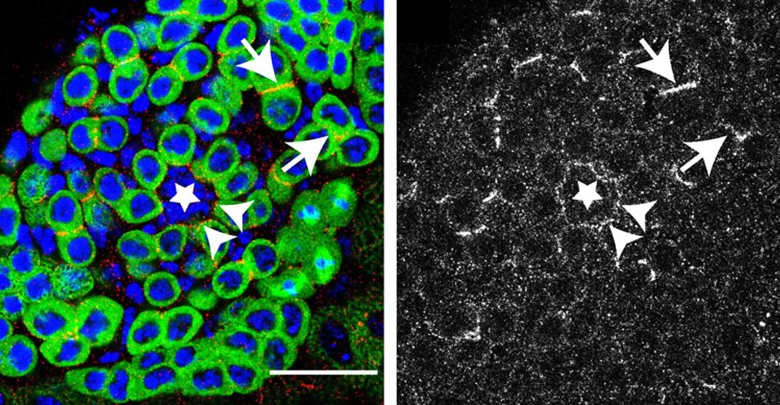
 (No Ratings Yet)
(No Ratings Yet) (3 votes)
(3 votes)